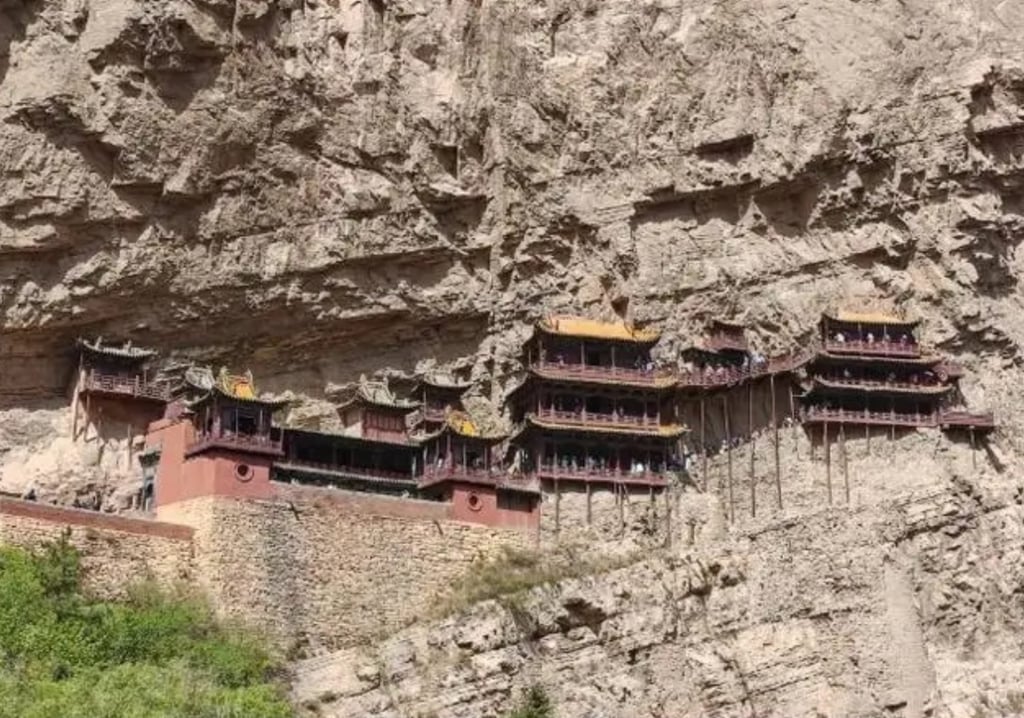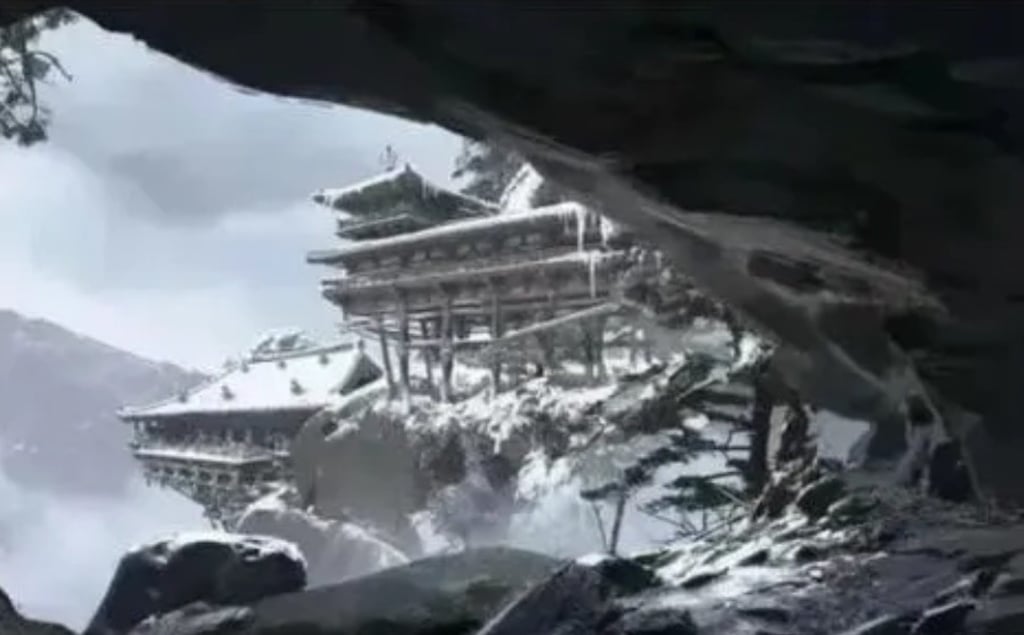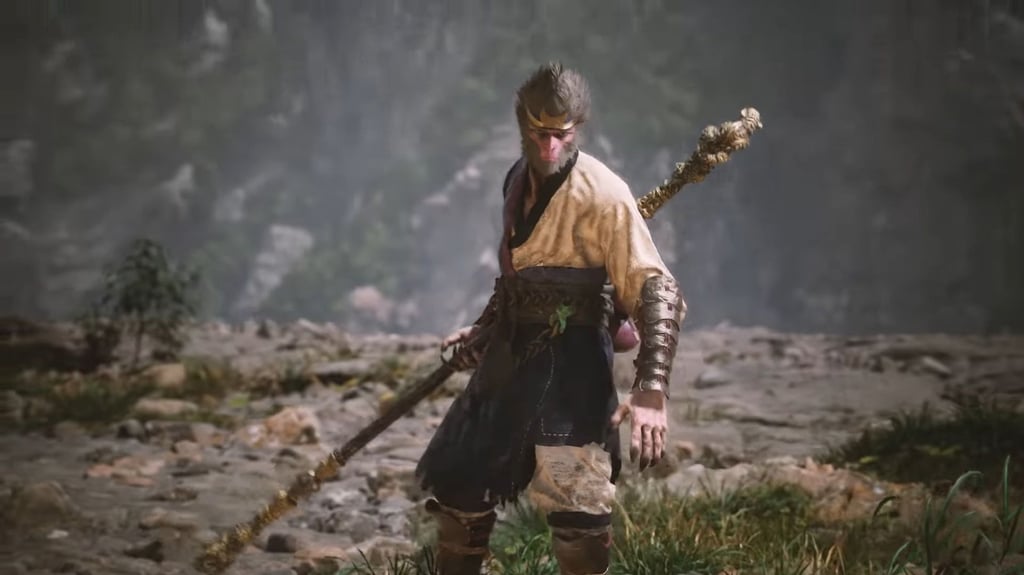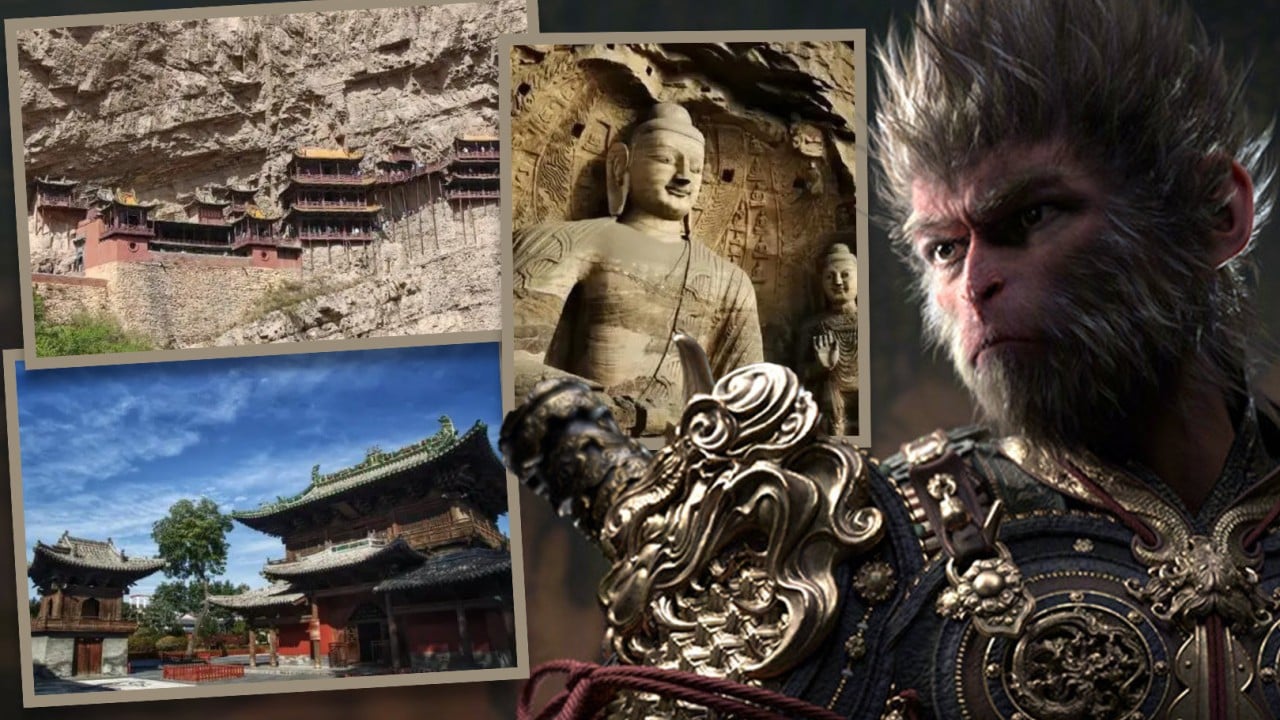A province in northern China that has never been a tourist hotspot is suddenly attracting crowds thanks to the popular new online game Black Myth: Wukong that includes scenes from the area.
The blockbuster game, released on August 20, has been a hit both at home and overseas, selling 8.4 million copies in the first three days.
Of the 36 major sites where scenes have been shot, 27 are based in areas located in Shanxi province in northern China, about 500km from Beijing.
In the past week, Shanxi has seen its tourism sector boom as many people travel to the places that appear in the game.

One of those spots is Xiaoxitian Tour Zone in Xi county, a Buddhist temple dating back to the Ming dynasty (1368-1644). Ticket sales for the venue have tripled recently, the 21st Business News reported.
Its manager told the media that they will put more tickets with online sales platforms and will add content from Black Myth: Wukong to the temple’s website.
According to Meituan.com, searches for visitor attractions in Shanxi on the same day the game was launched rose by 156 per cent compared with that day last year.
The top three most-searched destinations were Yungang Grottoes, Fogong Temple Wooden Pagoda in Ying county, and Stork Tower.

Statistics from Tuniu, a travel platform, showed that visitors to Shanxi surged by 50 per cent in August from July, while hotel bookings more than doubled.
“I am from Inner Mongolia. I’d like to see what these places in the game look like in reality,” a tourist who visited the Wooden Pagoda told state media CCTV.
Sun Jiajun, director of tourism development for Ying county, said most visitors in the past week had learned of the Wooden Pagoda through the online game.
The majority had travelled from Beijing, Shanghai and Zhejiang province in eastern China, CCTV reported.
Black Myth: Wukong is adapted from the novel Journey to the West which is regarded as one of the greatest ancient Chinese classics.
The novel is an account of the pilgrimage of the Chinese Buddhist monk Xuanzang, who travelled to India in the 7th century to seek out and collect Buddhist scriptures.
On his journey, Xuanzang was protected by his three disciples, of whom Sun Wukong, famously known as the Monkey King, was the eldest and most capable.

The side of Shanxi that appears in the game is that which has rich resources, ancient grottoes and classical architecture.
The area had previously failed to become a top tourist destination largely because of a lack of transport between its main attractions and insufficient promotion by the local authority, experts said.
Recently, its profile has changed dramatically with the release of about 20 video clips on Bilibili.com that capture its scenic spots, including a series of videos named Travel to Shanxi with Wukong.
Shanxi is not the only place in China to leverage the spotlight brought by the game to boost its tourism.
Lianyungang, a city in eastern Jiangsu province that claims to be the hometown of the Monkey King, announced that players who complete all the missions are eligible for a free visit to the city’s famous Huaguo Mountain.


